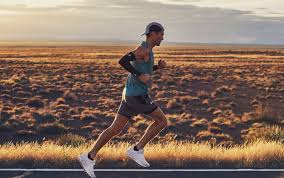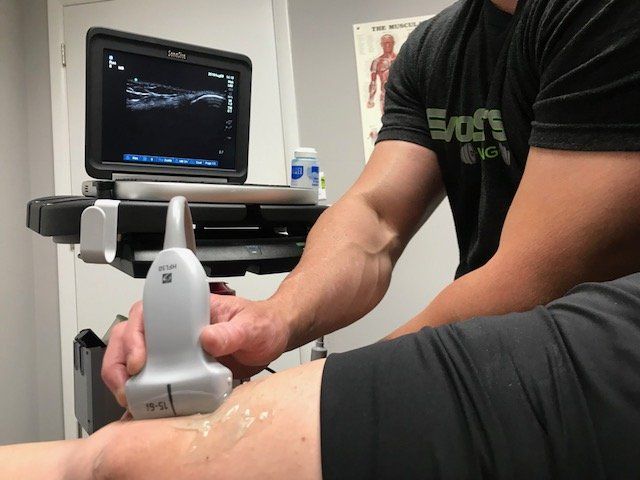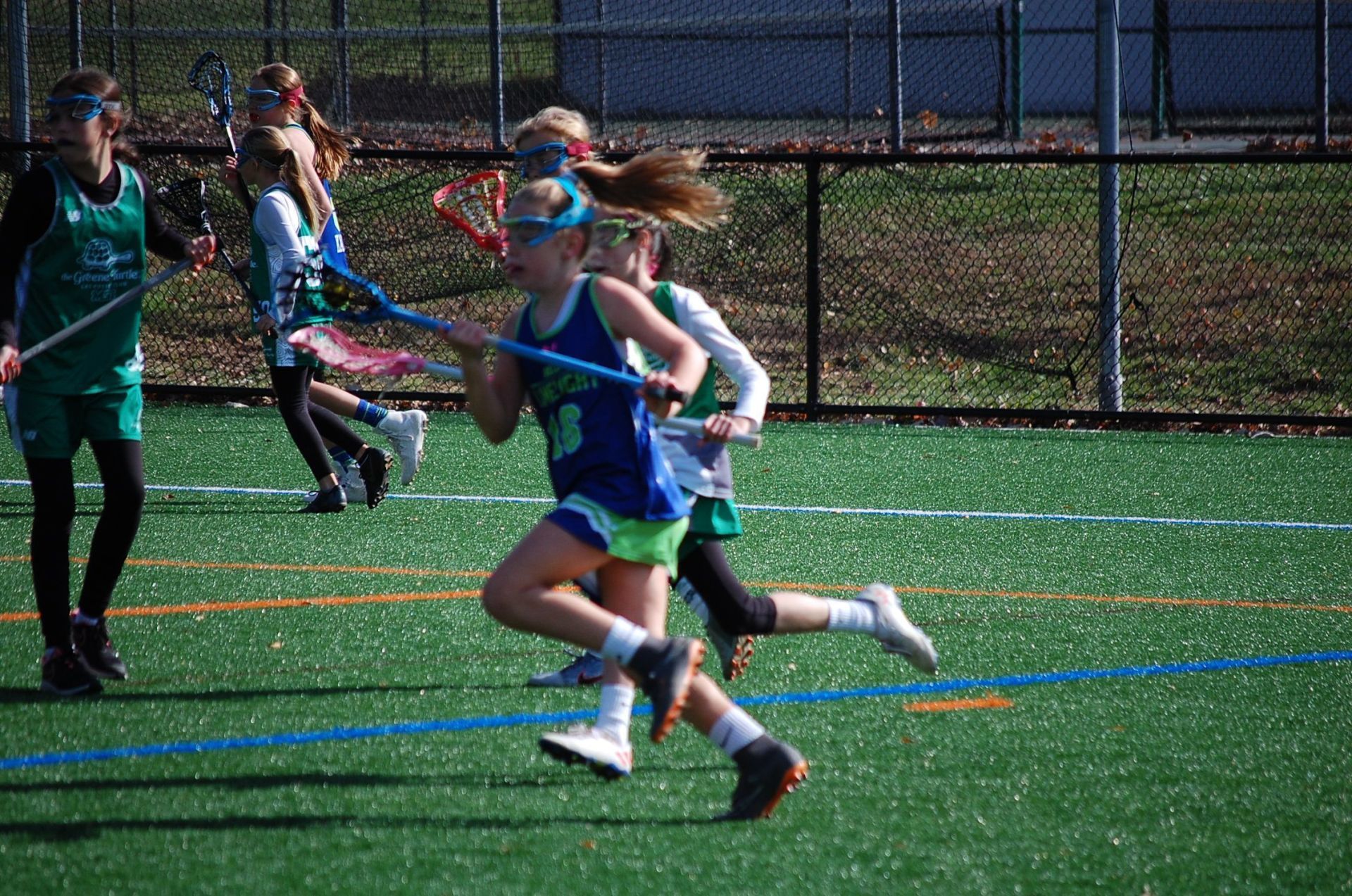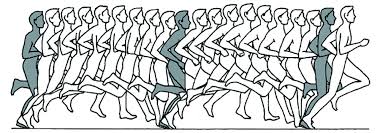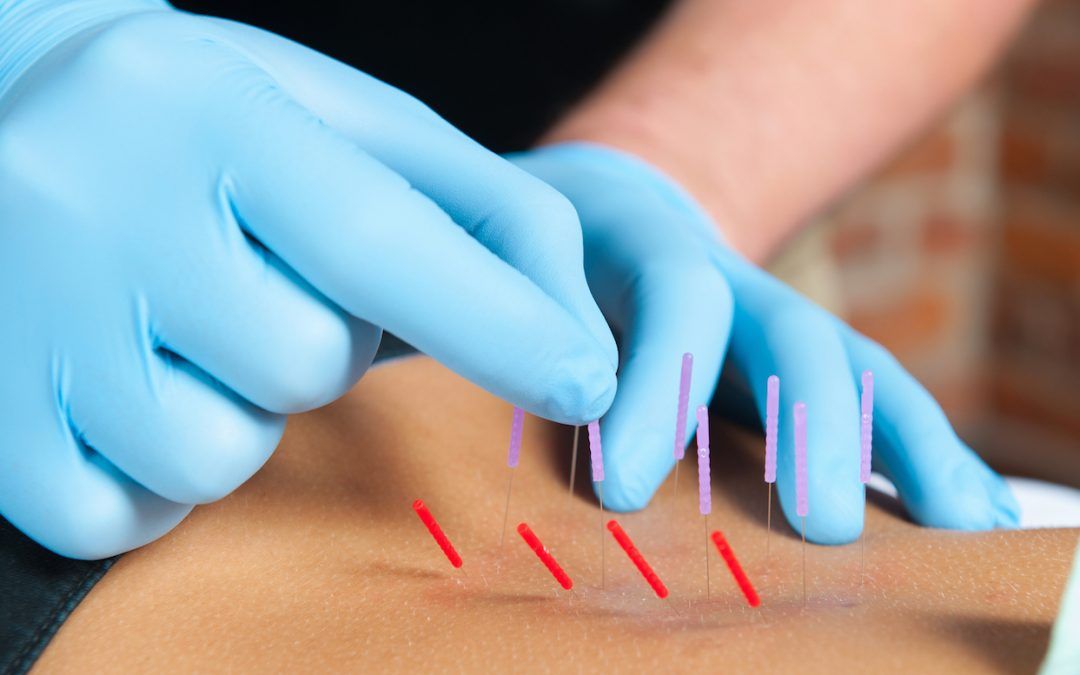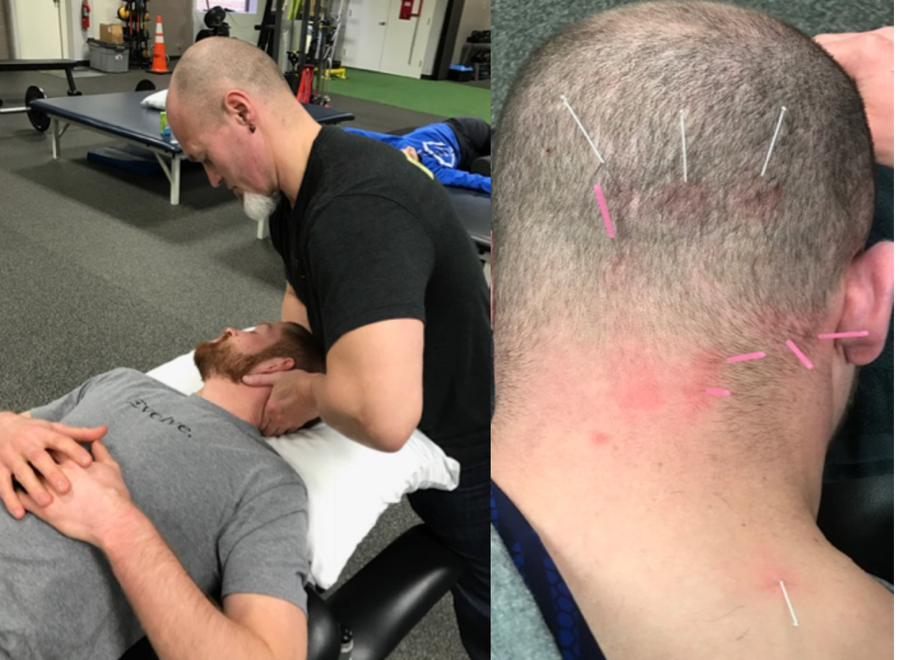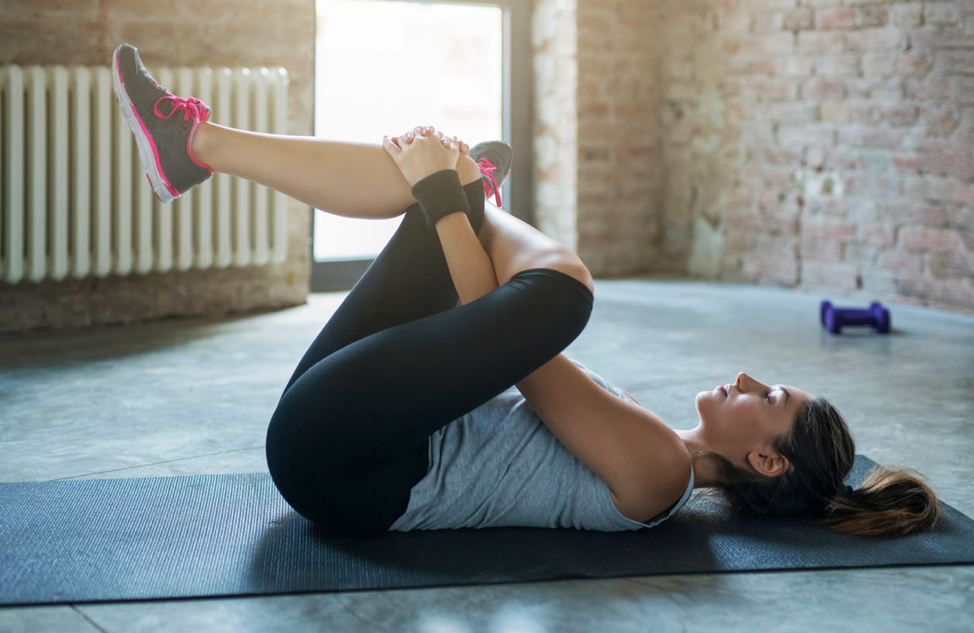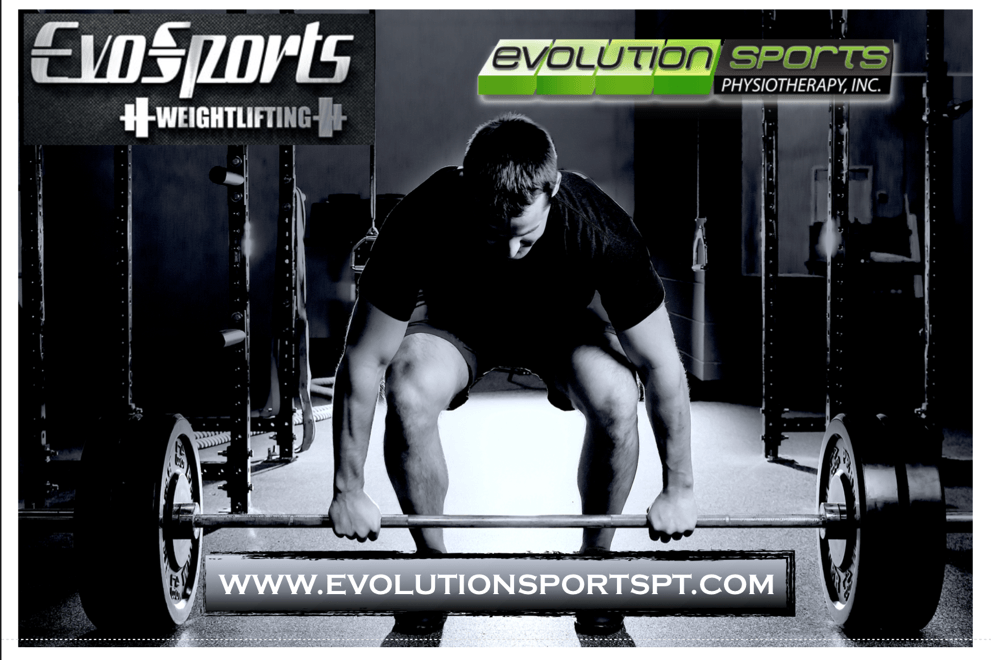Not Just Another Ordinary Headache
Diagnosis and Treatment of Cervicogenic Headaches at Evolution Sports
Headache disorders can be complex and dynamic disorders that, according to the World Health Organization (WHO), are very rarely appropriately diagnosed and treated. In 2004, the International Headache Society (IHS) published the second edition of headache classification in order for patients and healthcare providers to better understand and effectively treat the disorder. There are two basic categories: Primary and Secondary. Primary disorders are idiopathic, meaning there was no overt trauma or progressive disease process that underlies the headache. Primary headaches also have a direct link back to a structure within the brain or skull. Types of primary headaches, which are the most common, include migraines and tension-type headaches. Secondary headaches arise from other sources, such is the case with cervicogenic headache (CGH) or sinus headaches. The focus of this post will be on cervicogenic headaches, meaning a headache originating from the neck. Watson estimates that 14-18% of chronic headaches are CGH. It has also been reported in his research that many people suffer from more than one type of headache (1). The criteria used to classify cervicogenic headaches include:
- Symptoms and signs involve neck movement
- Precipitation of comparable head pain by neck movement, awkward posture and/or external pressure over upper cervical spine segments on symptomatic side
- Restriction of neck movement may reduce pain
- Pain in neck, shoulder or arm on the same side
- Confirmatory evidence by diagnostic block/anesthetic injection
- Head pain with the following characteristics
- Moderate to severe intensity
- Non-throbbing, non-lancing
- Episodes varying in duration
- Fluctuating continuous pain (2)
Based on the neuroanatomy of the upper cervical spine, there is convergence between central and peripheral nerves in the upper three segments of the spine - C1, 2, 3. This area is therefore vulnerable to disorders of the nerves that can refer pain throughout the head/face and neck if the upper cervical spine is not moving properly. There have been many research studies that demonstrate a correlation of noxious (painful) stimulation or anesthetic blocks to the upper cervical facet joints and pain recreation or relief to areas of the upper neck, head and face. Here are two diagrams supporting such findings:
Effective treatment of headache disorders requires proper screening of the area/quality of pain, associated symptoms, and irritability levels. Physical therapists have the knowledge to properly screen and classify headaches as well as the ability to provide an array of treatment interventions such as manual/manipulative therapy, cervical and postural exercises, dry needling with and without direct current electrical stimulation, and myofascial decompression . Studies have shown that both upper cervical and upper thoracic manipulations have been more effective in improving patients’ pain levels and reported disability than mobilization and exercise alone (3,4). Dry needling has also been shown to assist with modulating descending pain pathways to further reduce pain in the area where a patient may be having symptoms (6,7,8).
If any of the symptoms listed above describe the pain you are currently dealing with, please contact us to come in for an evaluation at either of the Evolution Sports Physiotherapy locations. Our expert clinicians will perform a thorough examination to identify relevant impairments and create a customized treatment plan for you!
Sources:
1) Watson DH, Trott, PH. Cervical headache: an investigation of natural head posture and upper cervical flexor muscle performance. Cephalalgia. 1993; 13: 272-284.
2) Sjaastad O, et al. Cervicogenic headache: diagnostic criteria. The Cervicogenic Headache International Study Group. Headache . 1998: 38(6):442-5.
3) Cook, C., Hegedus, E., Showalter, C., Sizer, PS. Coupling behavior of the cervical spine: a systematic review of the literature. J Manipulative Physiol Ther. 2006 Sep;29(7):570-5.
4) Cook, Chad. Orthopedic Physical Examination Tests – An Evidence Based Approach, 2nd Edition . Cook, C. and Hegedus, E. Pearson Education, Inc. 2013
